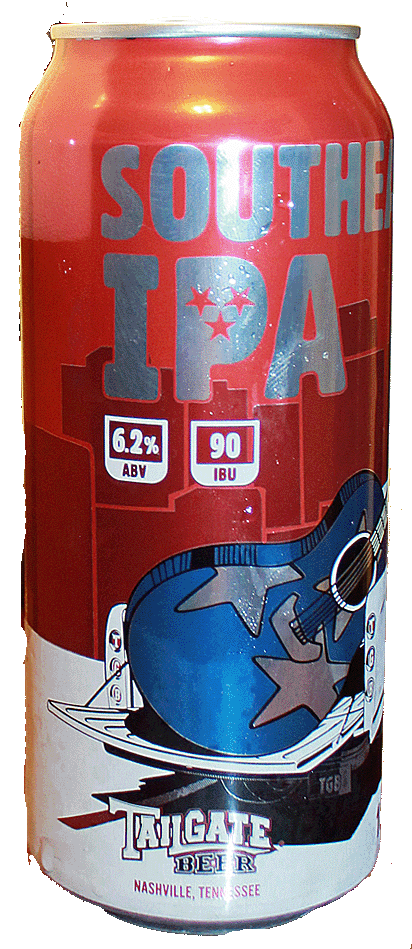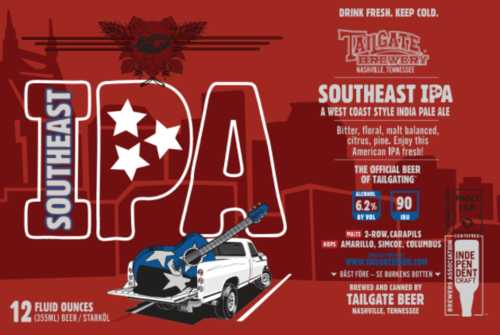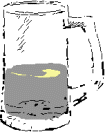Long and winding, my friends, is the tale of India Pale Ale, or IPA for short. It began around the middle of the 19th century, when hoppy pale ales were exported from Burton to Bombay. Back then, extra hops were added as a preservative to the classic pale ale style, and the beers were brewed a bit stronger to fortify them as well. They may have had an oak character imparted from the casks they traveled in as well.
It only took about a century and a half, but the style really caught on in America in the 1990s. To be sure, examples here existed well before that (e.g., Ballantine IPA). It was in the 90s though that East Coast brewers took the style and made it a little stronger still, and a little hoppier still while preserving the essence of the British hops and malts (e.g., Brooklyn East India Pale Ale).
Meanwhile, out on the west coast, classic American IPAs were refined. Featuring a form and chewy caramel maltiness with a signature grapefruit citrusy and resiny piney hop character, they were a truly unique American addition to the style. Sierra Nevada Celebration has long been a great example, as is Bear Republic Racer 5.
Somewhere along the way, IPA changed again. West Coast IPAs began to lose their malt character and use hop varieties that throw off delicate tropical fruit notes. You’d better drink them quickly, too, because modern beer geeks are quick to tell you IPAs are not a style that ages well, seemingly oblivious to the origins of the name “India Pale Ale”.
 There’s
hope, however. Some East Coast brewers have preserved classic American IPA,
real West Coast IPA. I’m seeing these beers increasingly in the southeast,
too. Aviator Wild Hog IPA
and
Appalachian Long Leaf IPA from North Carolina for example, and more
recently, Tailgate Southeast IPA from Tennessee.
There’s
hope, however. Some East Coast brewers have preserved classic American IPA,
real West Coast IPA. I’m seeing these beers increasingly in the southeast,
too. Aviator Wild Hog IPA
and
Appalachian Long Leaf IPA from North Carolina for example, and more
recently, Tailgate Southeast IPA from Tennessee.
The beer is only described on the website of this Nashville brewer as one of their core beers, but it is described on the can as “A West Coast Style India Pale Ale”. They describe it there as “Bitter, floral, malt balanced, citrus, pine. Enjoy this American IPA fresh!”
Ingredients are listed as:
Malts 2-Row, Carapils
Hops Amarillo, Simcoe, Columbus
Tailgate Southeast IPA has an alcohol content of 6.2% by volume with 90 IBUs. I paid $11.99 for a 4-pack of pint cans at Wild Hare Beer Company in Spring Hill, Tennessee.
Tailgate Southeast IPA pours to a hazy orange amber color with a thick rocky head and a robust resiny pine nose. Taking a sip, the beer has a medium caramel maltiness (I still want more, but only a smidge more). What is not lacking here is the citrus and pine: it’s bursting with sharp bitter grapefruit peel and resiny pine tar and finishes with a long dry grassy herbal massive bitterness.
This is the kind of IPA I love, and one you can really sink your teeth into. They say you need to drink it fresh, but I’m betting it should age out nicely. I’m going to hang onto a can and put that theory to the test.
And remember, try a new beer today, and drink outside the box.
*Pricing data accurate at time of review or latest update. For reference only, based on actual price paid by reviewer.
(B)=Bottled, Canned
(D)=Draft


